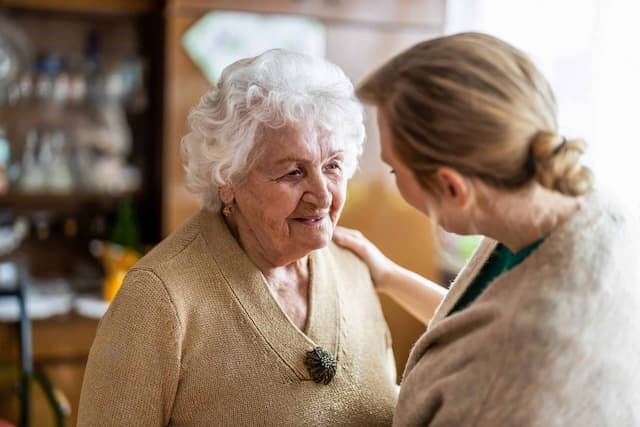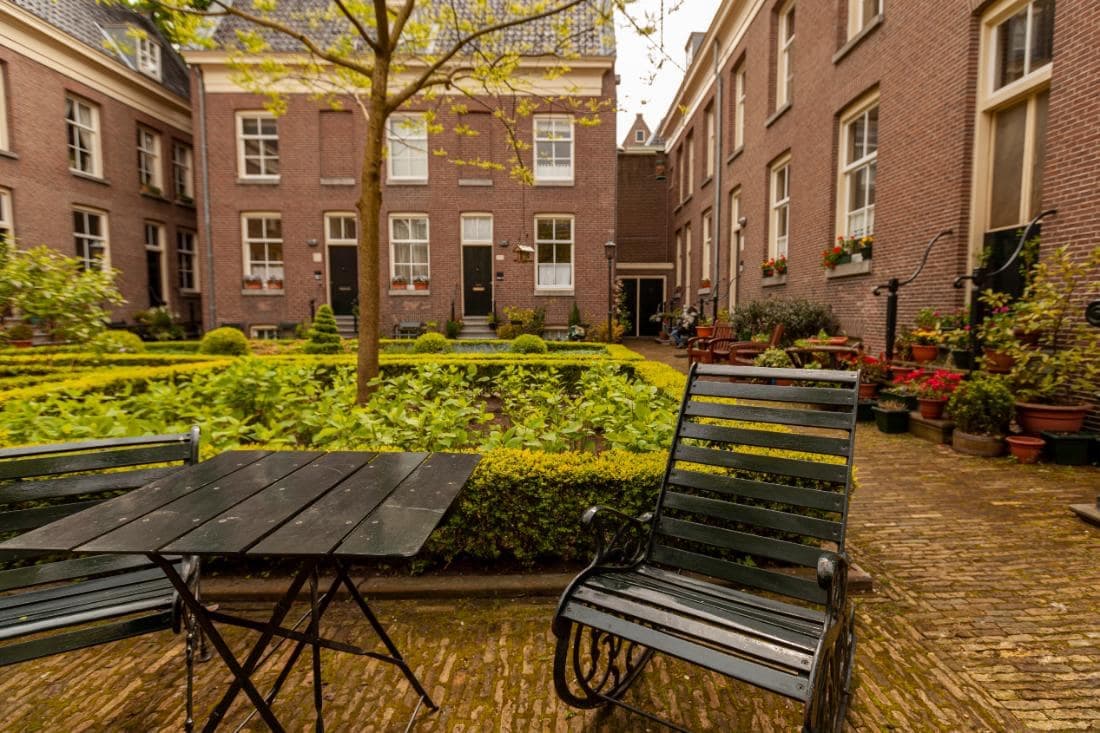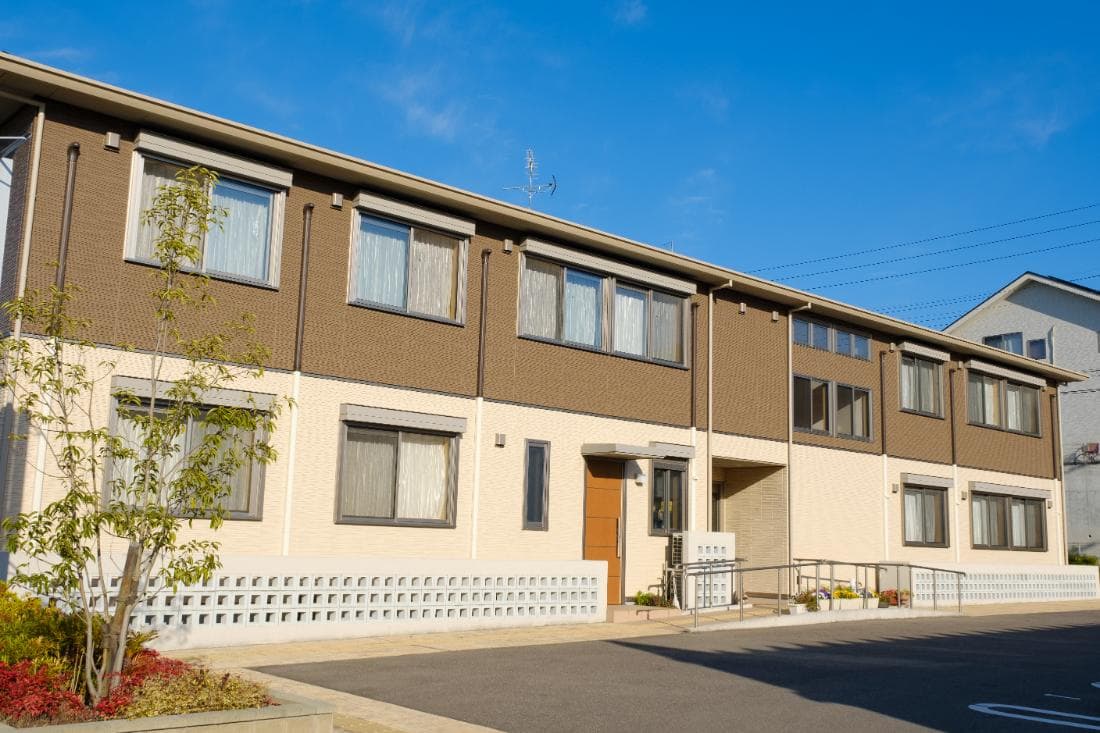Best Assisted Living Facilities in Wichita Falls, TX
Find local assisted living and retirement communities in the Wichita Falls, TX area.
Older adults make up about 30.3% of the Wichita Falls population, and while the number of senior living facilities may be modest with 6 communities, they cover options from independent living to memory care. The average cost of assisted living is $3,904 per month. We know choosing a facility can be a difficult and emotional decision, so keep reading to learn about the best options for high-quality senior living in Wichita Falls.
- Adult Day Services
- Assisted Living
- Home Care
- Independent Living
- Memory Care
- Nursing Home
- Residential Care Home
- Respite Care
- Senior Apartments
- Distance from City Center
- Highest Rating
- Name: A - Z
- Name: Z - A

Midtown Manor Inc
400 Burnett St, Wichita Falls, TX 76301 (1.7 mi from city center)Midtown Manor is a Section 202 Project-Based Section 8 property designed for elderly persons (62 years of age or older) or persons with a disability (18 years or older).

Royal Estates of Wichita Falls
3908 Kell Boulevard West, Wichita Falls, TX 76309 (2 mi from city center)Royal Estates of Wichita Falls is a senior living community offering independent living options in Wichita Falls, Texas.

Brookdale Sikes Lake
2649 Plaza Parkway, Wichita Falls, TX 76308 (2.8 mi from city center)Brookdale Sikes Lake is a senior living community offering assisted living and memory care services in Wichita Falls, Texas.

Presbyterian Manor
4600 Taft Blvd, Wichita Falls, TX 76308 (3.3 mi from city center)Presbyterian Manor is a non-profit, faith-based senior living community offering independent living, licensed nursing care, and Alzheimer's and dementia care.

Elison of Lake Wellington
5100 Kell W Blvd, Wichita Falls, TX 76310 (3.4 mi from city center)Elison Assisted Living of Lake Wellington is a vibrant senior living community on the outskirts of Wichita Falls, offering lakefront living, chef-prepared meals, and a broad range of convenient services.

Brookdale Midwestern
918 Midwestern Parkway, Wichita Falls, TX 76302 (3.4 mi from city center)Brookdale Midwestern is an assisted living facility in Wichita Falls, Texas, offering private, pet-friendly apartments and a variety of amenities and activities.
Map of Assisted Living in Wichita Falls
Find the right senior living community by location- Midtown Manor Inc
- Royal Estates of Wichita Falls
- Brookdale Sikes Lake
- Presbyterian Manor
- Elison of Lake Wellington
- Brookdale Midwestern
Senior Living Statistics for Wichita Falls, Texas
Average Senior Living Costs by Housing Type
The most affordable option for senior housing in Wichita Falls, Texas is independent living, which costs $3,592 per month on average. Assisted living is another option on the more affordable side at $3,904 per month. The most expensive choice is a studio unit in a nursing home, which averages $4,388 per month.
| Housing Type | Average Monthly Cost |
|---|---|
| Assisted Living | $3,904 |
| Memory Care | $3,904 |
| Independent Living | $3,592 |
| Nursing Home: Private Room | $3,634 |
| Nursing Home: Semi-Private Room | $2,865 |
| Nursing Home: Studio | $4,388 |
| Nursing Home: One Bedroom | $4,000 |
Average Cost of Assisted Living in Wichita Falls
The average cost of assisted living is 3904 per month in Wichita Falls. This is more expensive than other nearby cities, including Nocona and Jolly, which cost an average of $3,318 per month and $3,284 per month, respectively. However, Wichita Falls remains below both the Texas state average of $4,628 and the national average of $4,546.
| City | Average Monthly Cost |
|---|---|
| Wichita Falls | $3,904 |
| Nocona | $3,318 |
| Jolly | $3,284 |
Here is how the average cost of assisted living in Wichita Falls compares to Texas and the national average:
| Area | Average Monthly Cost |
|---|---|
| Wichita Falls | $3,904 |
| Texas | $4,628 |
| United States | $4,546 |
Senior Living Availability in Wichita Falls
Wichita Falls is home to 6 of the 1,760 senior living communities in Texas. If you expand your search to cities that surround Wichita Falls, there are 6 facilities to choose from.
Wichita Falls
Surrounding Area
Texas
Wichita Falls Senior Demographics
52.4% of Wichita Falls residents are male, while 47.6% are female. Seniors constitute 30.3% of the population, with 10.2% in their 50s, 10.5% in their 60s, 6.2% in their 70s, and 3.4% over 80. Marital status in the city reveals 42% are married, 13.9% are divorced, 38.5% have never married, and 5.7% are widowed. The diversity includes 70.1% White, 12.9% Black, 22.4% Hispanic, and 10% mixed race.
Population
Wichita Falls has a population of 102,558.- 52.4% Male
- 47.6% Female
Marital Status
- 42% Married
- 13.9% Divorced
- 38.5% Never Married
- 5.7% Widowed
Age
Seniors make up about 30.3% of the population.- 10.2% in their 50s
- 10.5% in their 60s
- 6.2% in their 70s
- 3.4% in their 80s
Diversity
- 70.1% White
- 12.9% Black
- 2.7% Asian
- 0.6% Native
- 0.1% Pacific
- 3.7% Identifying as Other
- 10% Mixed Race
- 22.4% Hispanic
